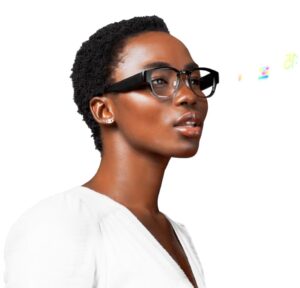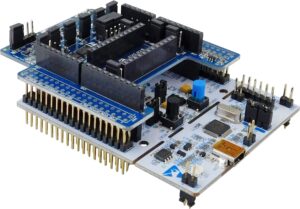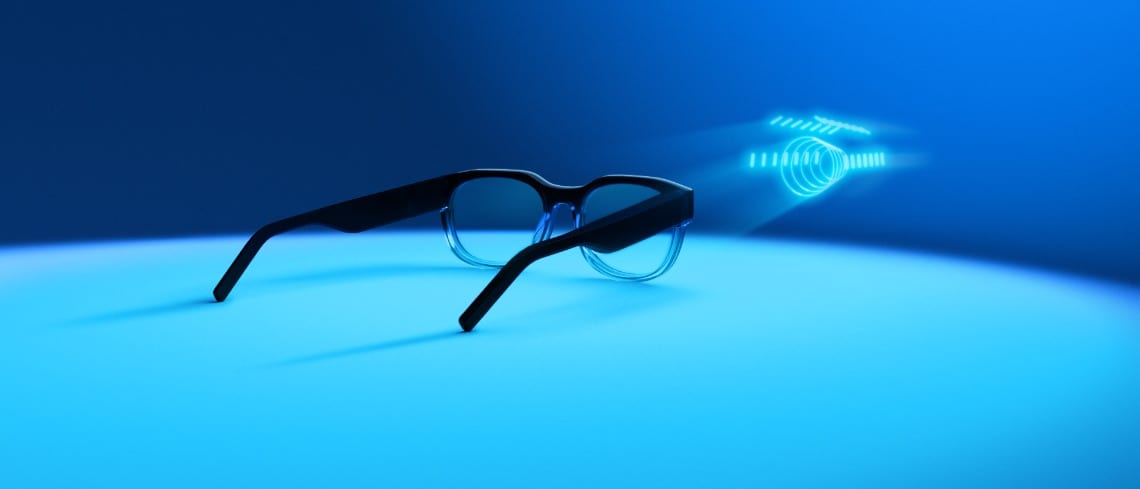If you could have a one-on-one discussion with a pioneer of augmented or virtual reality, what questions would you ask? On March 3, the University of Washington will hold its XR Day, a conference sponsored by ST that explores the past, present, and future of Augmented Reality, Virtual Reality, Mixed Reality, and more. Attendees will experience keynote presentations from various members of the industry, such as Vinay Narayan, Vice President at HTC Vive, Chelsea Klukas, Product Design Manager at Oculus, or Dr. Bernard Kress, Partner Optical Architect at Microsoft. They will also get to interact during thought-provoking breakout sessions that will delve into the technological, sociological, and ethical questions that companies and consumers face. Additionally, the conference will enable students, enthusiasts, and professionals to experience technical demos, and network with each other.
Focals And the 1st Lesson: Learn to Go Beyond the Technical Specifications
To prepare for this event and better grasp the state of the industry from a company that’s shaping it, we sat down with one of the conference’s presenters, Stefan Alexander. He holds the title of VP Advanced R&D at North, a Canadian company famous for Focals, a pair of AR glasses that we first talked about when we attended the Technology Day in Toronto last year. One of the remarkable features that sets North apart is the work they put into eyewear itself, as well as its look and feel, thus ensuring that they remain comfortable even after a full day of use. When customers purchase a pair of Focals, they go through sizing and fittings, just as with regular glasses, thus testifying to the importance of comfort and style for wearables. Too often, technological companies focus on electronics, but as Stefan told us:
“One thing we learned is that fitting, sizing, and ensuring the overall comfort of the user is essential, but it’s also a tremendous amount of work. We originally thought it was going to be relatively minor, but before we launched the first version, we had a team of 20 people dedicated to this particular aspect of our product.”The first lesson we hope attendees will glean from North is that any XR product must be a lot more than a series of technical specifications. Since users will wear these glasses, headsets, or other systems for long sessions at a time, ergonomics and easefulness must receive a lot more attention than they usually get from the engineering community. Stefan explained how North’s desire to embrace this lesson led them to develop new tools, such as their Showroom app, to improve the customer’s experience, and to shape their overall operations.
North And the 2nd Lesson: It’s What You Know and Who You Know

Focals are technologically impressive because of how much they just look like regular glasses. North was able to use micromirrors and a laser beam reflected off a hologram inside the right lens to display a crisp image unbeknownst to the people on the other side of the glasses. Focals also include a motion sensor, a Bluetooth module to communicate with a smartphone application, a custom safety and power system for the lasers, and a ring that facilitates interactions with the interface. As Stefan told us:
“One of the reasons behind the technological capabilities of Focals is our relationship with partners like ST. We’ve been working together for years to get the right components and tailor the technology to our needs. We created all sorts of prototypes, experimented with a wide range of solutions, largely expanded the constraints we had to satisfy, and settled on ST for so many of these components because of their specifications and the partnership we were able to develop together.”The critical lesson to take from this is that it is imperative to source components and technologies from companies that offer more than technical specifications. For projects that can raise hundreds of millions of dollars, a strong relationship like the one between ST and North will vastly optimize the prototyping phase. On the other hand, startups with much humbler means can benefit from our development boards, software packs, source codes, or schematics. For instance, we first showed, during the ST Developers Conference 2017, how our sensors, such as the LSM6DSO, could integrate VR headsets and offer motion tracking. Moreover, the X-NUCLEO-IKS01A3 and the Unicleo-GUI are cost-effective solutions (the board is less than $20, and the software is free) that can jumpstart a project.
XR Day And the 3rd Lesson: Spot What Others Miss

Stefan explained that one of the distinguishing features of Focals is the absence of an edge on the image projected by the laser beam. Traditionally, users see a square, and the borders of the image are evident. North worked a lot to offer an image without borders to increase the sense of immersion and the experience of fluidity. Yet, as Stefan confessed, this is a feature that most users never mention or even notice. They balk when they see edges, but they are so immersed when the borders are invisible that people often fail to notice their absence. Similarly, the most comfortable glasses are those users don’t notice after prolonged use. The lesson is that details, even those that users don’t notice, can make or break a VR, AR, or MR system. Wearing a product on the face for an entire day immensely magnifies the tiniest imperfections.
This necessary level of scrutiny is also why we sponsored XR Day and hope attendees will learn from their experience to bring a better XR experience to consumers and professionals. The panels and presentations will help participants learn to see what others often miss. To make the best out of this event, Stefan Alexander recommends people read the latest book from Dr. Bernard C Kress, Optical Architectures for Augmented-, Virtual-, and Mixed-Reality Headsets, which explores some of the most fundamental building blocks of XR products.
- Check out XR Day
- Discover Focals and Focals 2.0 coming in 2020
